The Ablepharon Macrostomy Syndrome is a rare and congenital complex of multiple malformations that mainly affect the face. Little is known about the etiology, but inheritance seems to be autosomal dominant. Many of the malformations can be corrected therapeutically.
What is Ablepharon Macrostomy Syndrome?

The disease group of congenital malformation syndromes contains many different malformation complexes, which are further subdivided depending on their severity. The Ablepharon macrostomy syndrome is one of the congenital malformation syndromes that predominantly involve the face.
An extremely low frequency is assumed for the symptom complex, given a prevalence of less than one case per 1,000,000 people. The first writing took place in 1977. The British doctors Gillian McCarthy and Carolyn West are considered to be the first to describe it. The syndrome manifests itself in severely disfiguring malformations of the face immediately after birth.
Missing eyelids, eyelashes and eyebrows are associated with dysplasia of the ears, the oral cavity and the genitals. Research is difficult because of the low prevalence. So far, only 14 cases in males and one case in females have been documented, so that the research basis is extremely limited. For this reason, not all connections between the disease are considered conclusively researched.
causes
Ablepharon macrostomy syndrome does not appear to be sporadic. In the 15 cases documented so far, the researchers were able to understand the tendency towards familial accumulation. Genetically hereditary factors are therefore obvious. The disease is most likely due to an autosomal dominant inheritance.
It has not yet been clarified whether, in addition to the suspected genetic factors, external factors such as exposure to toxins or malnutrition during pregnancy could play a role in the development of the disease. The obvious preference of the male sex also seems relevant for research into the cause.
The disease may be caused by a mutation. It is not known which mutation triggers the syndrome. Any genes involved have not been identified either. The molecular basis is currently the most important research topic in connection with the rare syndrome.
You can find your medication here
➔ Medicines for painSymptoms, ailments & signs
Ablepharon macrostomy syndrome patients suffer from a complex of clinically distinct symptoms. The most important clinical criteria include failure of the eyelids and the absence of eyelashes or eyebrows. In the eyes, the syndrome manifests itself in the form of strabismus.
These facial symptoms are associated with deep-seated dysplastic auricles and abnormal nostrils with flat nasal roots. An abnormally shaped mouth with a cleft palate has also been documented in patients with the syndrome. In addition, most patients have a macrostomy.
Tiny, underdeveloped teeth have also been reported in some cases. The skin of those affected is usually rough and dry. Lichen formations are favored by the dermal symptoms. There may be membranous syndactyla between the fingers and toes. The finger joints are stretch inhibited and the nipples are often hypoplastic.
The genitals of the patients are usually designed to be intersex. In addition, there may be skeletal anomalies, for example in the form of missing zygomatic arches. Development delays often occur later on. In particular, the patient's language development is often impaired. The same goes for general growth. In addition, partial or total hearing loss can manifest itself over time.
Diagnosis & course
The diagnosis of ablepharon macrostomy syndrome is a rather difficult undertaking. Due to the clinical characteristics, the doctor may suspect an initial suspicion through the visual diagnosis, but no molecular genetic tests are available to confirm the suspected diagnosis.
In terms of differential diagnosis, however, he must differentiate the syndrome from clinically similar diseases such as Fraser syndrome and, above all, Barber-Say syndrome. The Barber-Say syndrome with ectropion and reduced hair is very similar to the Ablepharon macrostomy syndrome.
The complete absence of the eyelids in this case suggests Ablepharon macrostomy syndrome. The genital anomalies are also much more pronounced. The prognosis for patients with ablepharon macrostomy syndrome depends on the severity of the individual case.
Complications
Ablepharon macrostomy syndrome is an extremely rare congenital multiple malformation. The symptom causes various dysplasias. The face and genitals are affected. Most of the patients are intersex. Furthermore, the eyelids, eyelashes, eyebrows and even the cheekbones may be missing.
Sometimes the toes and fingers are malformed and the teeth are underdeveloped. The skin is rough and prone to lichen. It is believed that the disease is caused by a genetic defect. A gene mutation due to exposure to highly toxic substances and malnutrition during pregnancy is also mentioned.
For those affected, this means a chain of complications from birth that runs through the entire life. Small children need attentive medical care right from the start. Different growth and development delays can become noticeable over the years. There is also a risk of complete hearing loss.
The clinical diagnosis is made through a thorough inspection and a molecular genetic test. The disease itself is incurable, only the symptoms. Plastic surgery is used to restore the fingers and toes, face and, if necessary, the nipples. Visual, hearing, movement and speech deficits are treated with therapeutic measures. These measures will help the patient reduce most of the complications related to the diagnosis.
When should you go to the doctor?
Ablepharon macrostomy syndrome can usually be diagnosed directly after the birth of the affected child based on its clear symptoms. However, the doctor cannot make an exact diagnosis with his eyes and the necessary molecular genetic tests are usually not available to general practitioners. Parents who suspect their child to have Ablepharon Macrostomy Syndrome may need to contact the relevant specialist clinics independently and arrange for a test.
This is useful if the syndrome is clearly suspected. Characteristic are, of course, the multifaceted deformities and malpositions (missing eyelids, abnormally shaped nostrils, small underdeveloped teeth, dry skin with lichen formation), but also the intersex genitals and language disorders that occur later. If one or more of these symptoms are present, it is possibly Ablepharon macrostomy syndrome, but in any case it is a serious condition that needs to be clarified. In addition to the diagnosis, parents should also seek medical advice. Dealing with the disease can be made easier through comprehensive education and therapeutic measures.
Doctors & therapists in your area
Treatment & Therapy
A causal treatment is not yet available for patients with ablepharon macrostomy syndrome. This is mainly because the cause of the syndrome has not yet been definitively identified. By the time molecular research has identified the genes involved, gene therapy as the subject of research may have reached the clinical phase.
There may be causal therapy in the not too distant future, but so far the treatment of those affected has been purely symptomatic. An early surgical intervention to correct the multiple malformations is indicated as part of this treatment. Plastic surgery can restore the missing eyelids, for example in a reconstructive operation.
The outer ear and mouth can also be reconstructed. Subcutaneous prostheses can be used to restore zygomatic arches. The syndactylies are only corrected surgically if they severely restrict the affected person's ability to move. The abnormalities of the skin are treated dermatologically. The underdevelopment of the nipples is corrected by a cosmetic-surgical intervention.
Strabismus can be treated with therapeutic measures such as long-term covering of an eye. The hearing problems can be compensated for with hearing aids or implants. If problems arise in language development, speech therapy is indicated. Physiotherapeutic treatment can be used for motor development difficulties.
Outlook & forecast
Ablepharon macrostomy syndrome usually leads to various malformations that mainly affect the face. Often these malformations lead to a reduced self-esteem in the patient and not infrequently to inferiority complexes.
With this syndrome, the eyelids and eyelashes are usually missing. The auricles are also affected by malformations, which can lead to various hearing impairments. Not infrequently, the patients also suffer from the so-called cleft palate. Lichen forms and the finger joints cannot be stretched properly.
Furthermore, children with the Ablepharon macrostomy syndrome suffer from a developmental delay, which can lead to impaired thinking even in adulthood. Speech problems also occur. As the disease progresses, there is a complete loss of hearing and thus deafness. The quality of life is severely restricted in this way by the Ablepharon macrostomy syndrome.
Since there is usually no causal treatment for ablepharon macrostomy syndrome, only symptoms can be treated. Operative interventions are mainly used.In some cases, the person concerned is dependent on the help of other people in everyday life.
You can find your medication here
➔ Medicines for painprevention
So far, neither the external nor the molecular factors for the Ablepharon macrostomy syndrome have been conclusively clarified. As the causes and etiology are not yet known, there are currently no preventive steps available for the syndrome. Genetic counseling has not yet been possible either.
Aftercare
Since the Ablepharon macrostomy syndrome is a congenital disease, it cannot be treated causally but only symptomatically. For this reason, the options for follow-up care for this disease are severely limited. If the patient wishes to have children, genetic counseling can also be useful in order to prevent the Ablepharon macrostomy syndrome from being passed on to the descendants.
As a rule, the life expectancy of the patient is not negatively affected by the syndrome. The complaints are usually resolved through surgical interventions. There are usually no complications or other complaints. The skin complaints can also be treated relatively well.
After an operation, the patient has to take care of his body and rest. In doing so, strenuous activities or sporting activities should be avoided in order not to unnecessarily stress the body. Since physiotherapy is also necessary, some exercises can be done in your own home to speed healing.
In the event of hearing loss, the person affected should ensure that they always use their hearing aid to avoid further damage to the ears. Contact with other sufferers of the Ablepharon macrostomy syndrome can also have a positive effect on the course of the disease, as it can lead to an exchange of information.
You can do that yourself
For a permanent healing of the physical symptoms, the person affected has no options that he can implement independently and on his own responsibility. If desired, there is the option of working with a surgeon to achieve lasting changes through a cosmetic procedure.
In everyday life, the patient can work with cosmetic aids depending on the extent of the physical flaw. Individual facial areas can be visually changed with various make-up products. They help to optimize your own sense of beauty. However, there are limits to the possibilities with this method. Likewise, with various accessories or a suitable hairstyle, some areas of the face that are perceived as uncomfortable can be covered well.
In addition, emotional stability and mental health are important. A life with multiple malformations should be the focus for both those affected and their relatives. The acceptance of the disease and its visual and physical side effects lead to an improvement in well-being. With a stable self-confidence and a reliable social environment, general life satisfaction increases. The exchange with other sick people and their social environment can be perceived as helpful. The help of a therapist can be used for mental support. In addition, there is the possibility of using relaxation procedures.

.jpg)


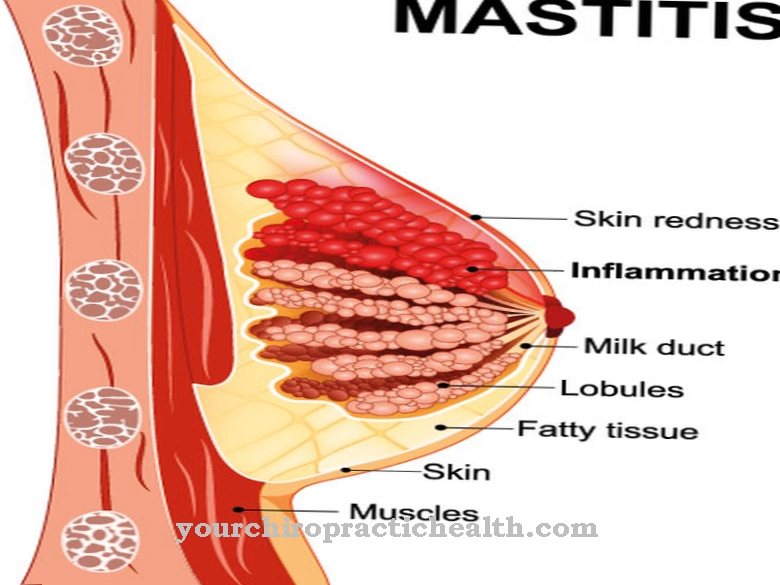
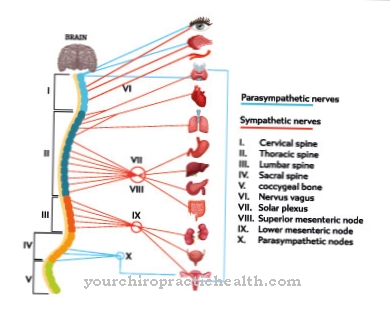
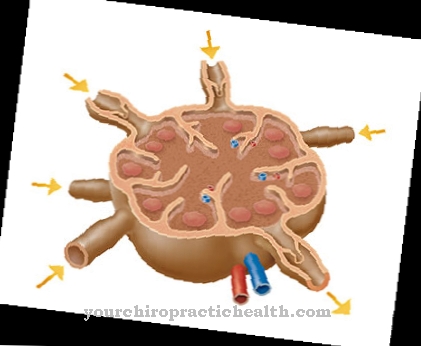





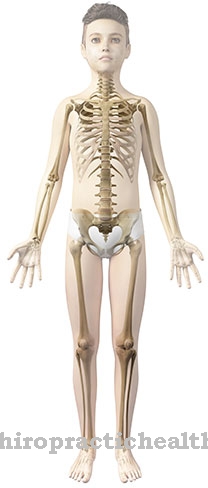



.jpg)


.jpg)

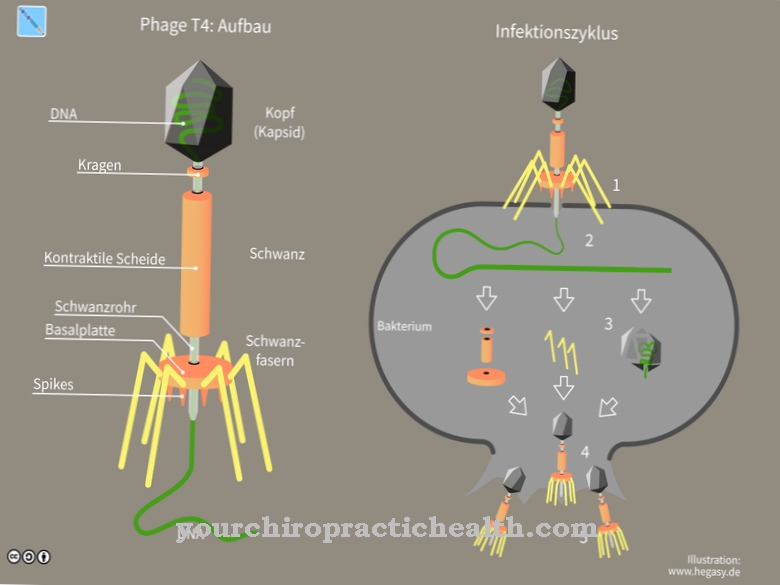
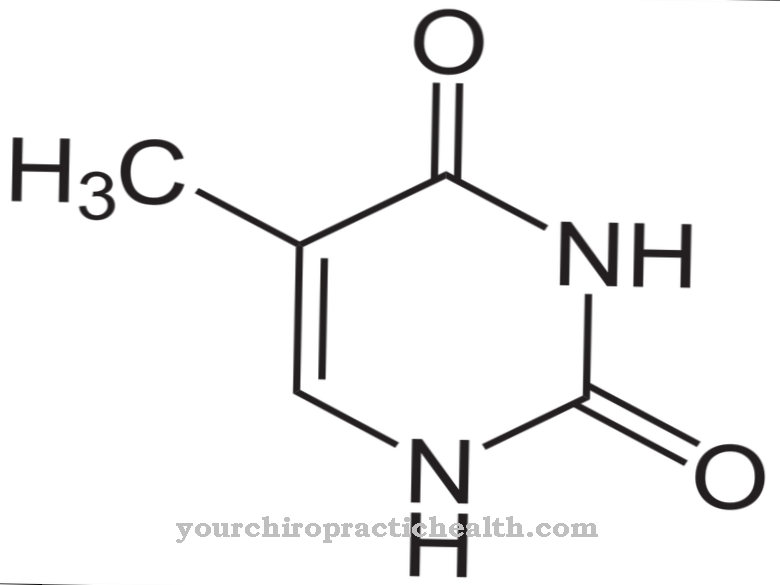
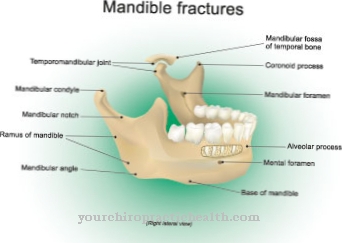


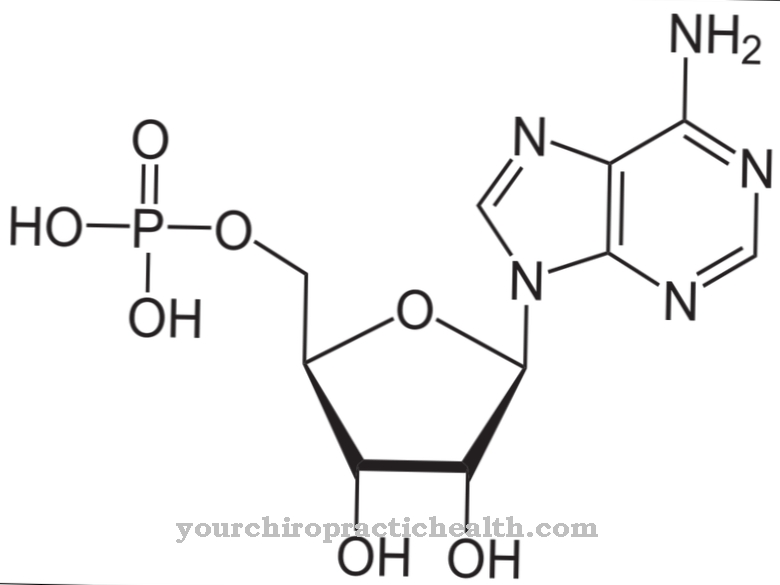
.jpg)
